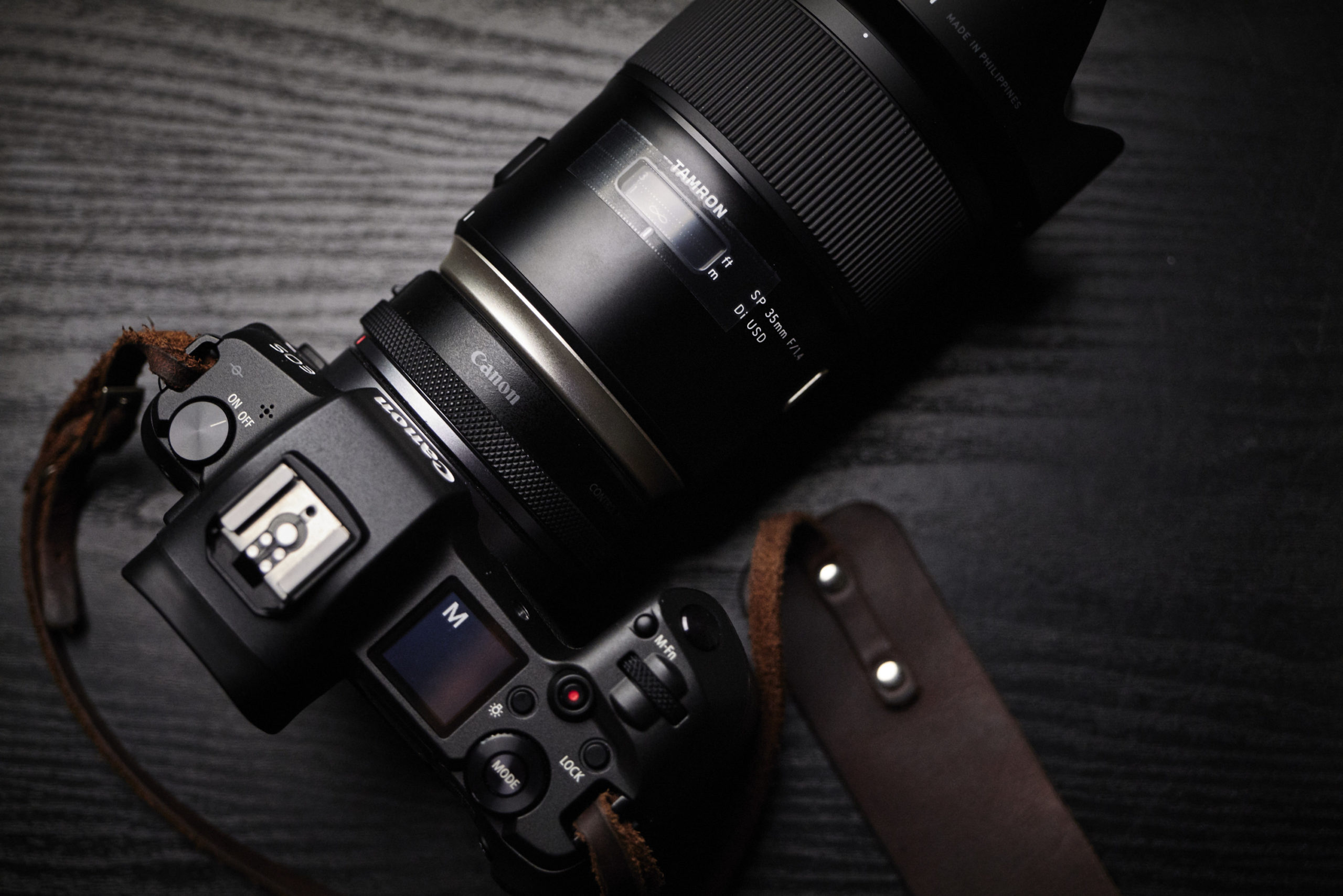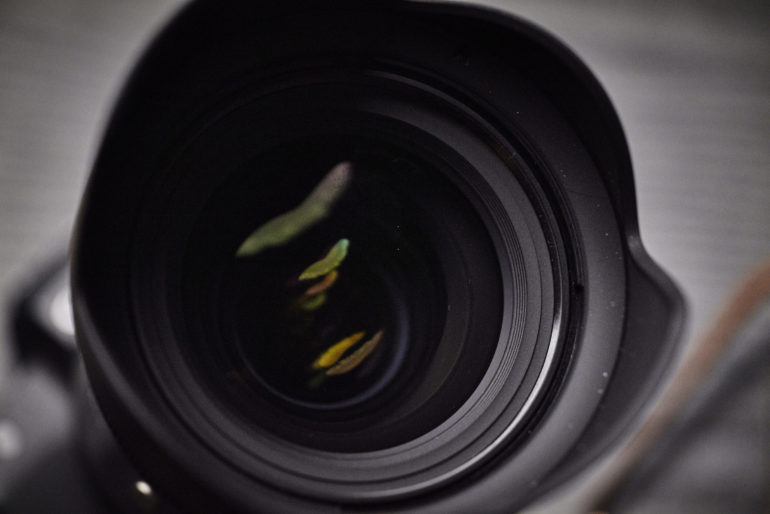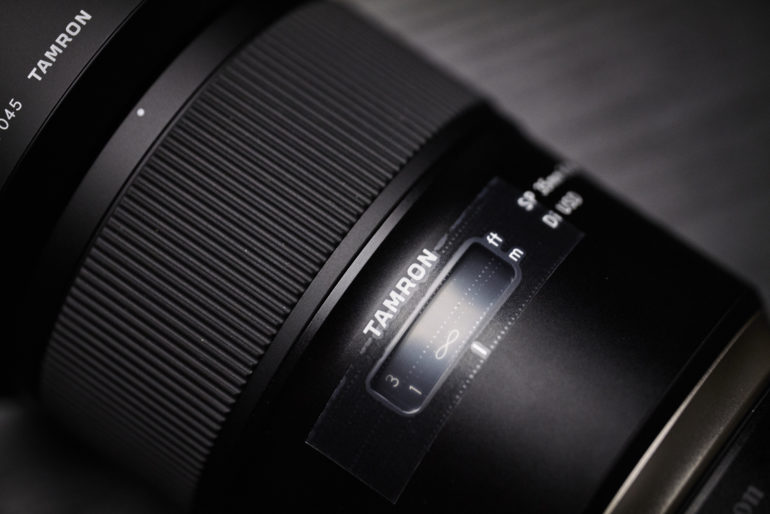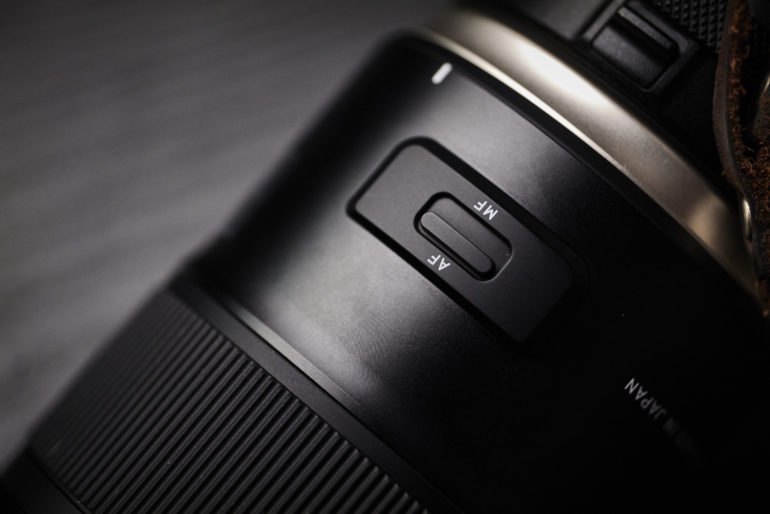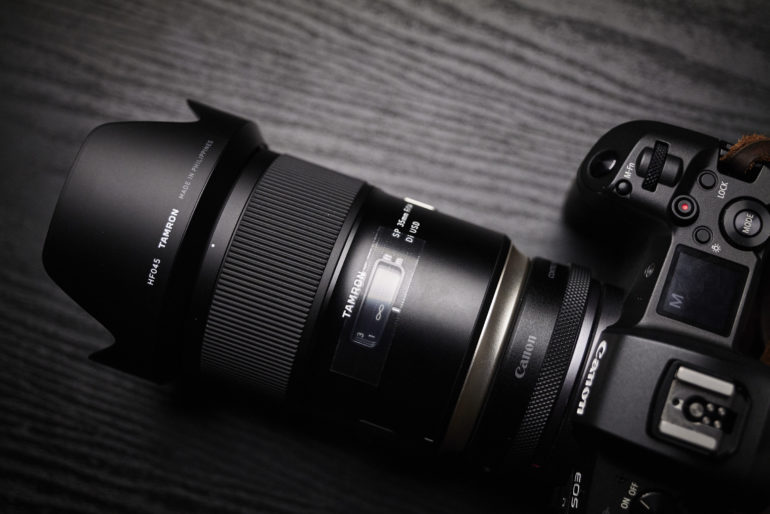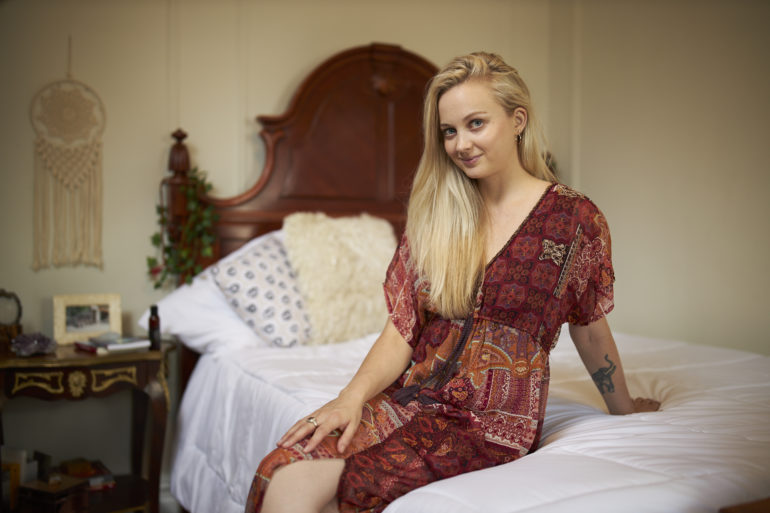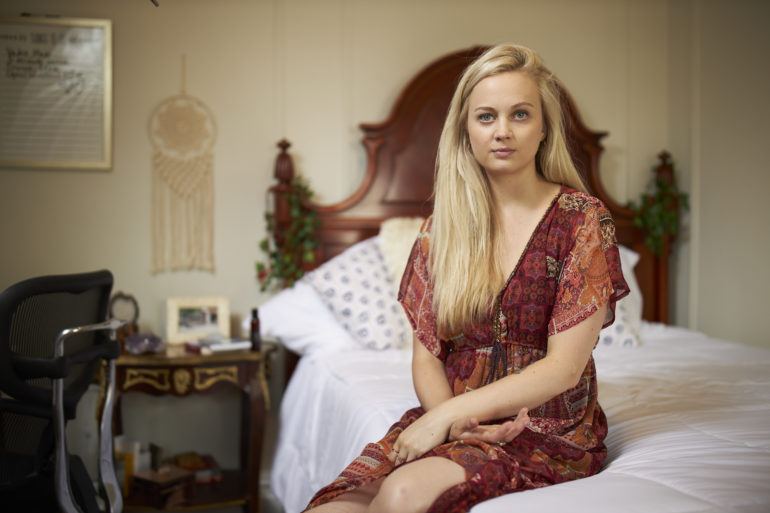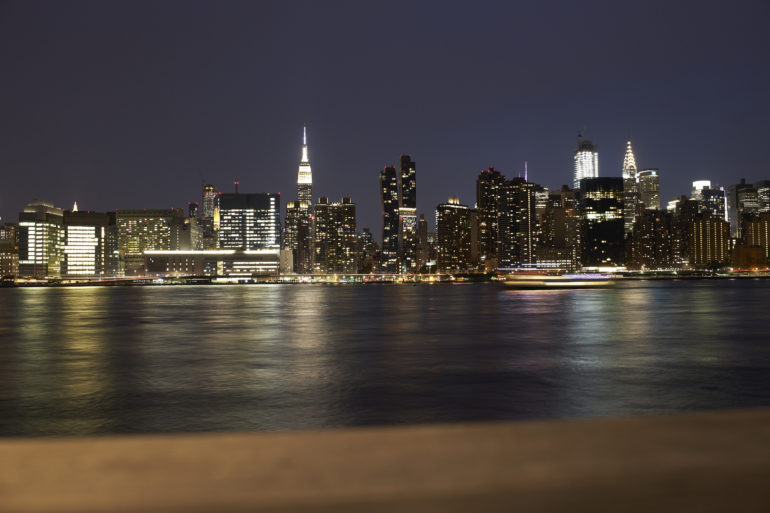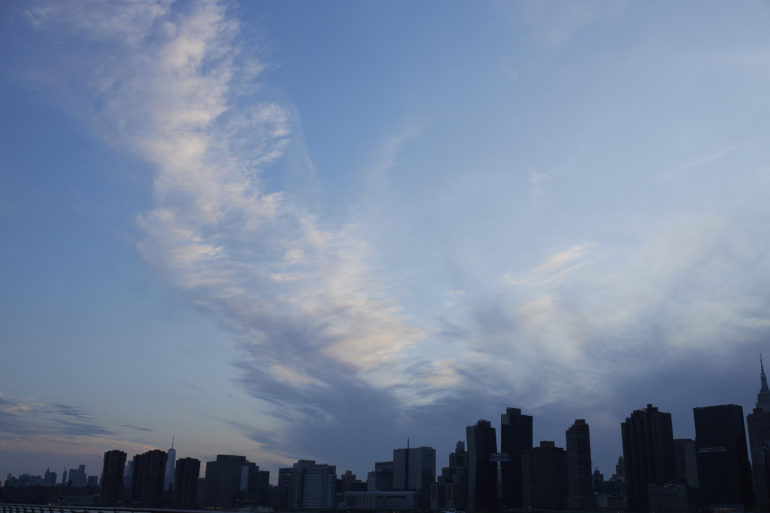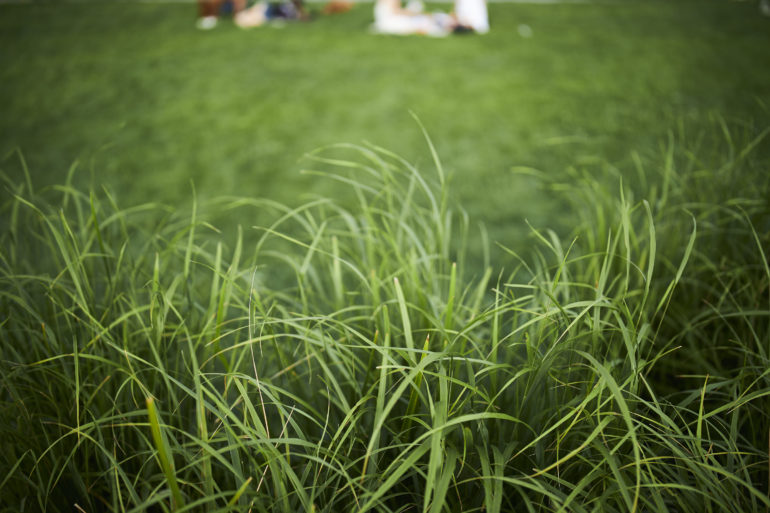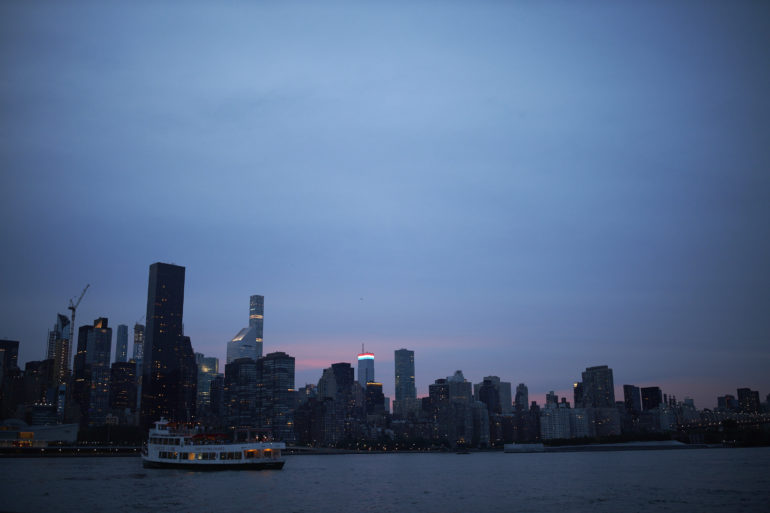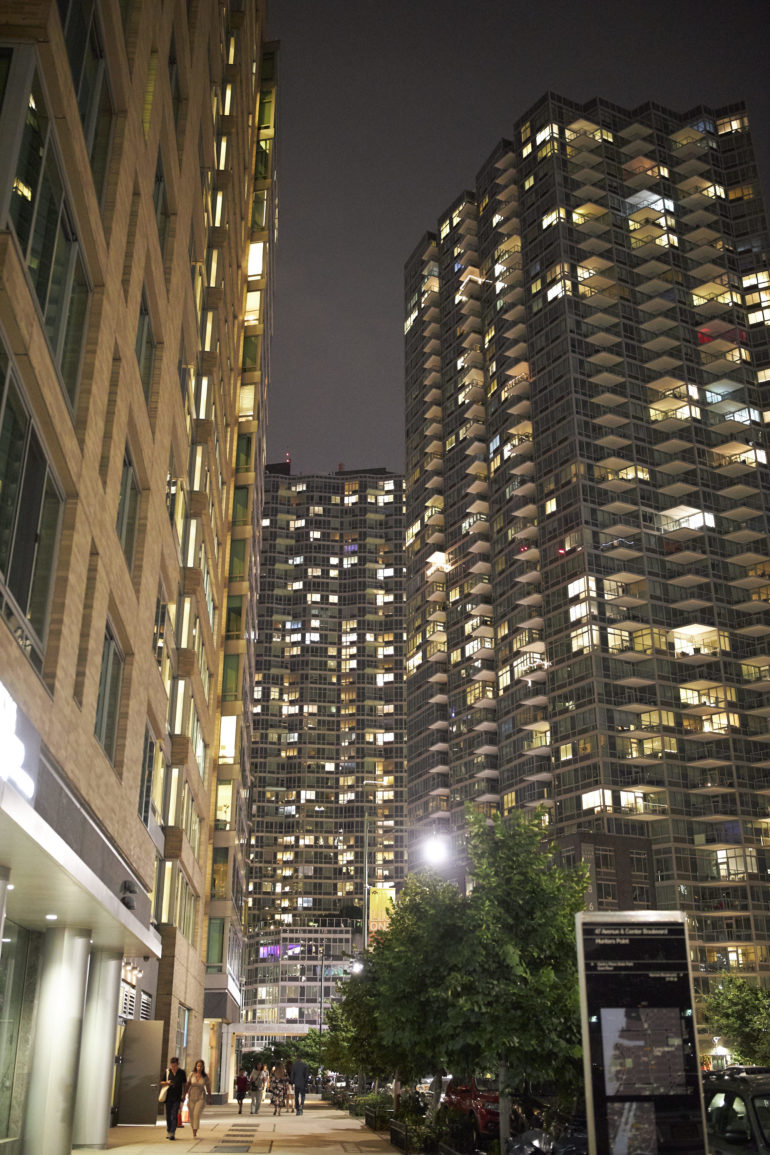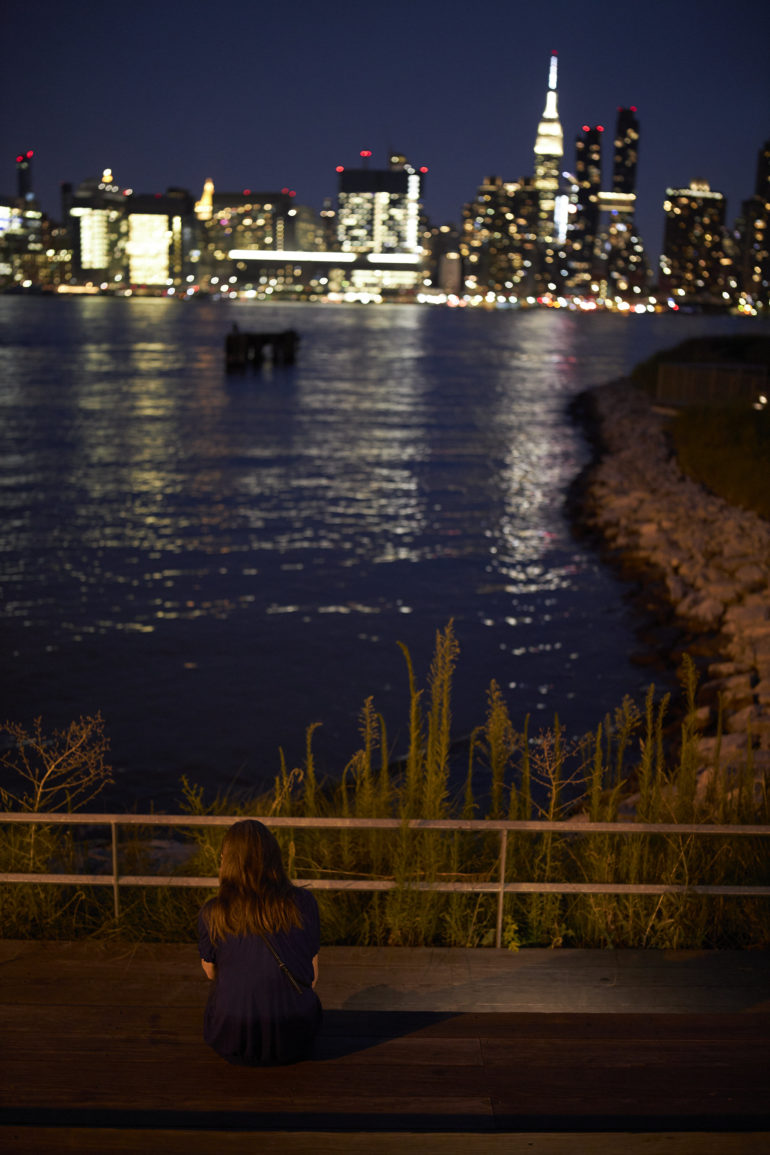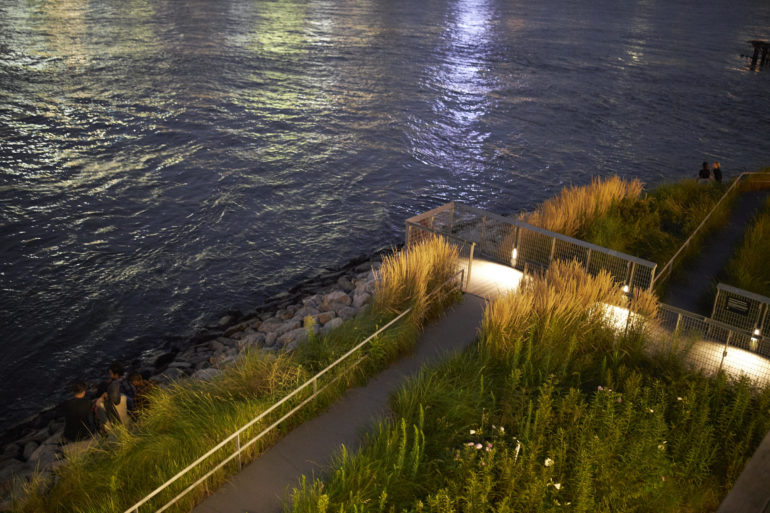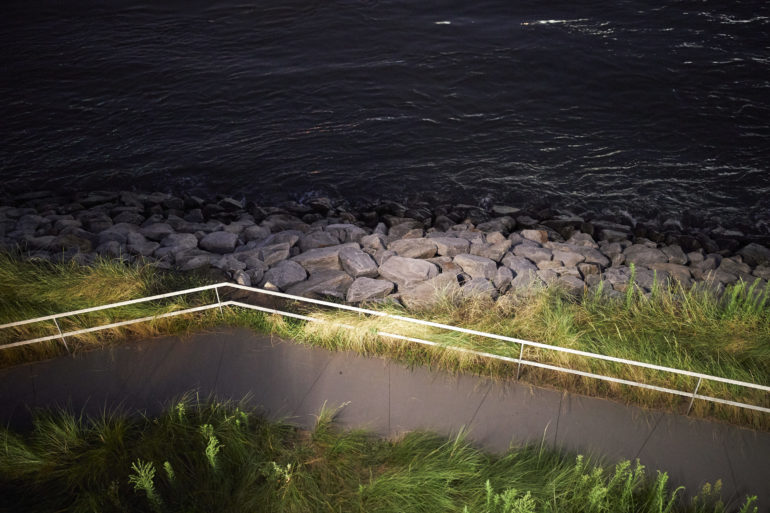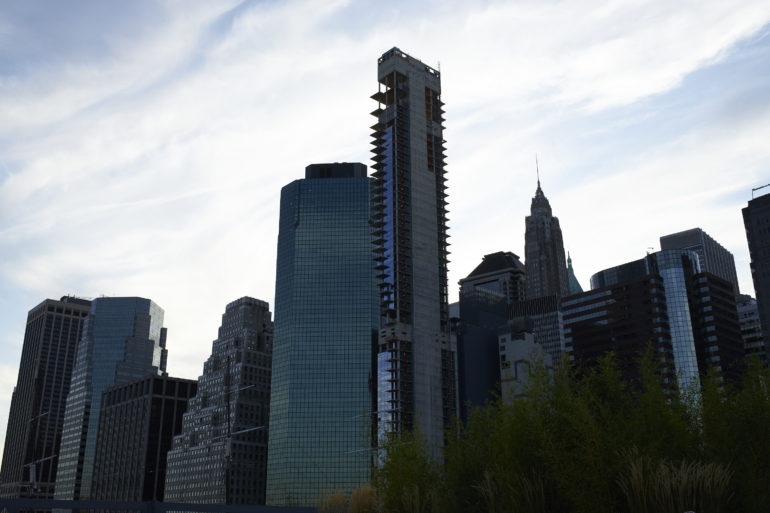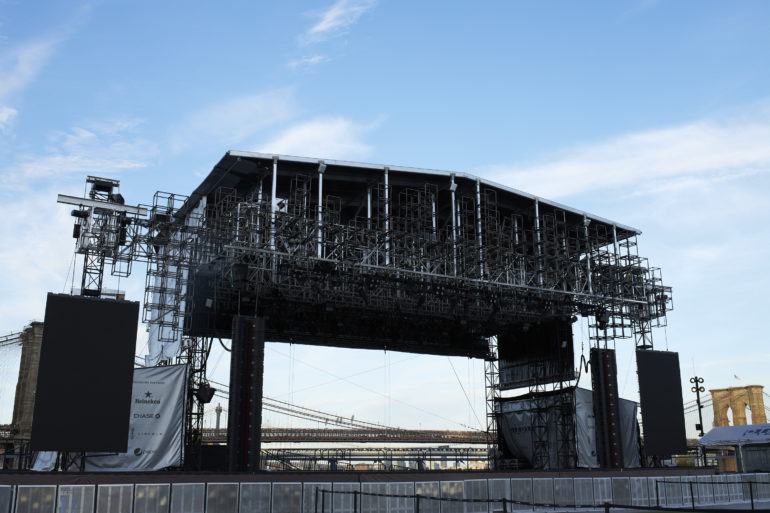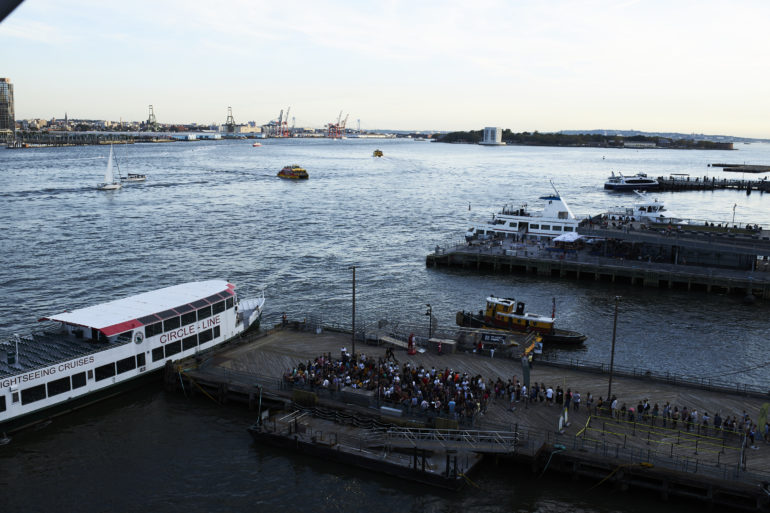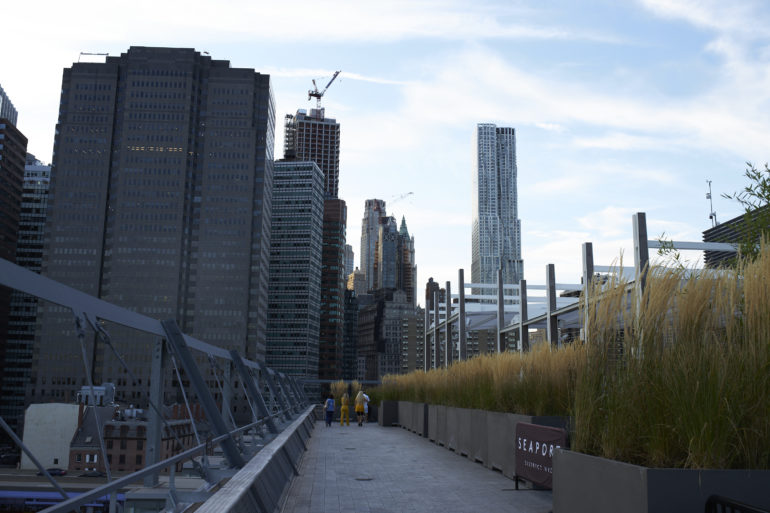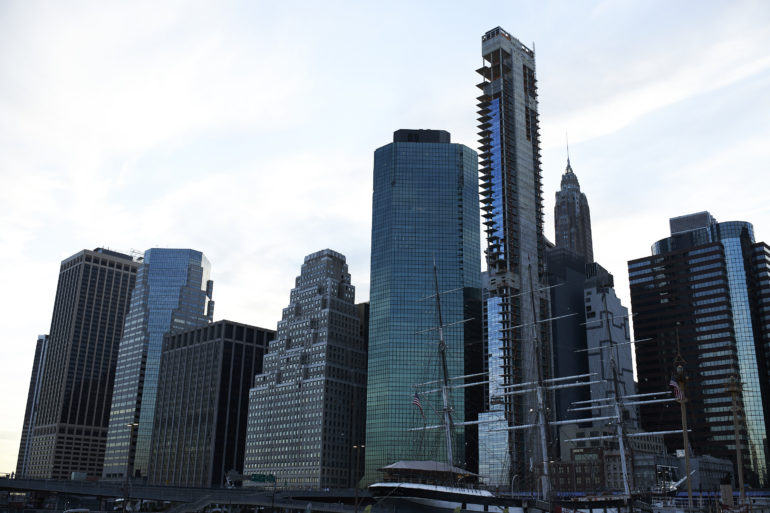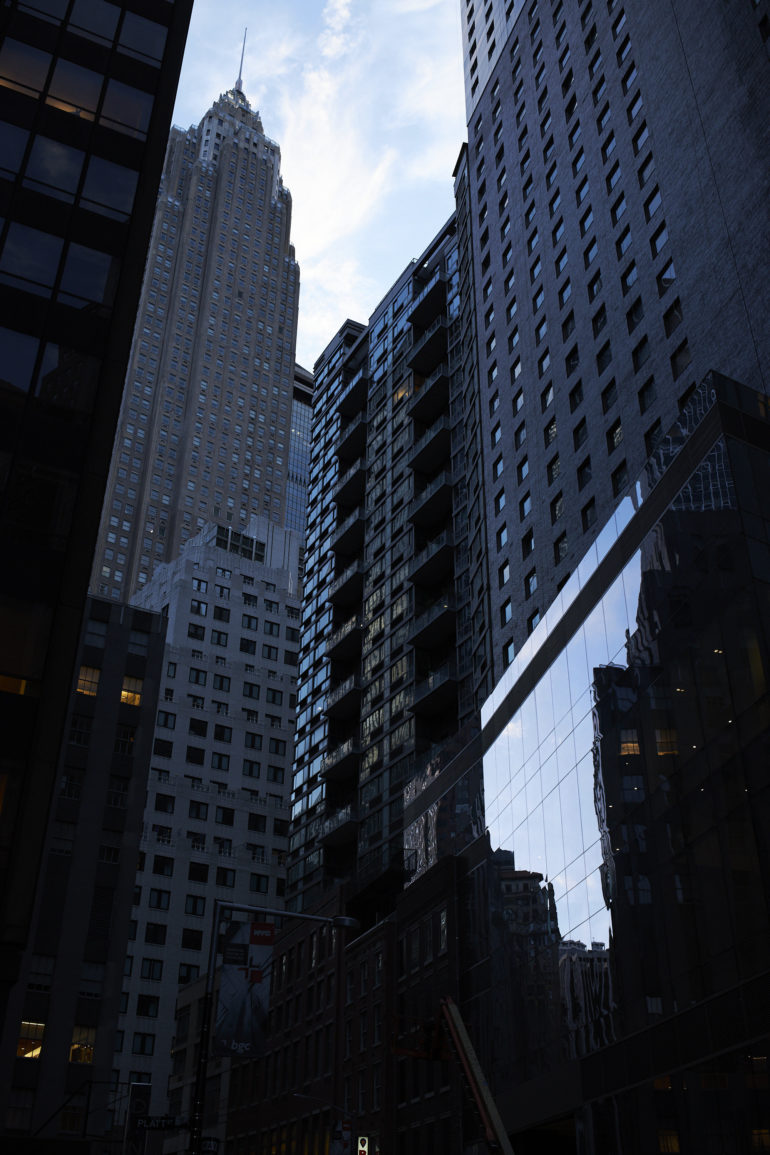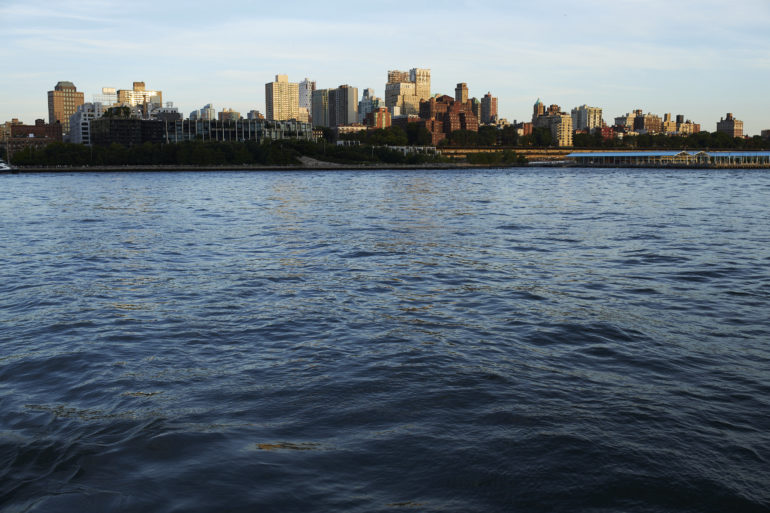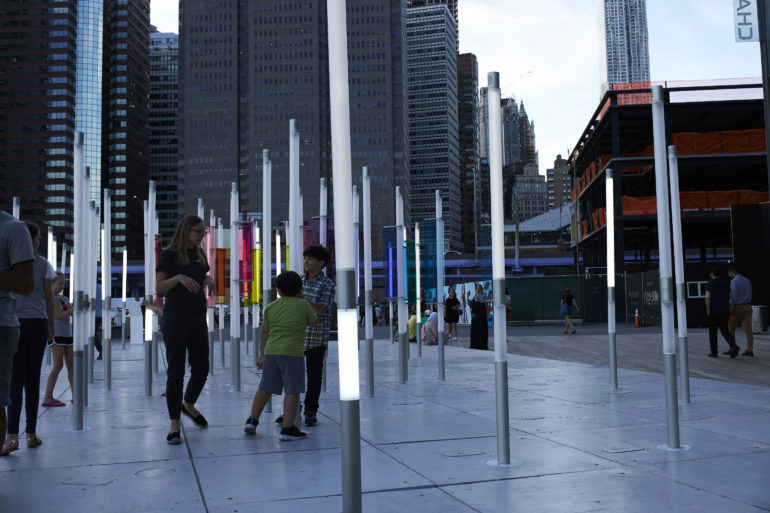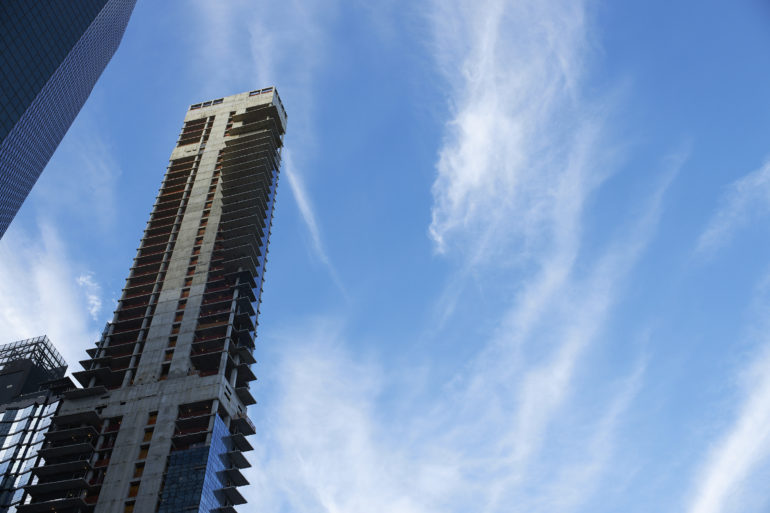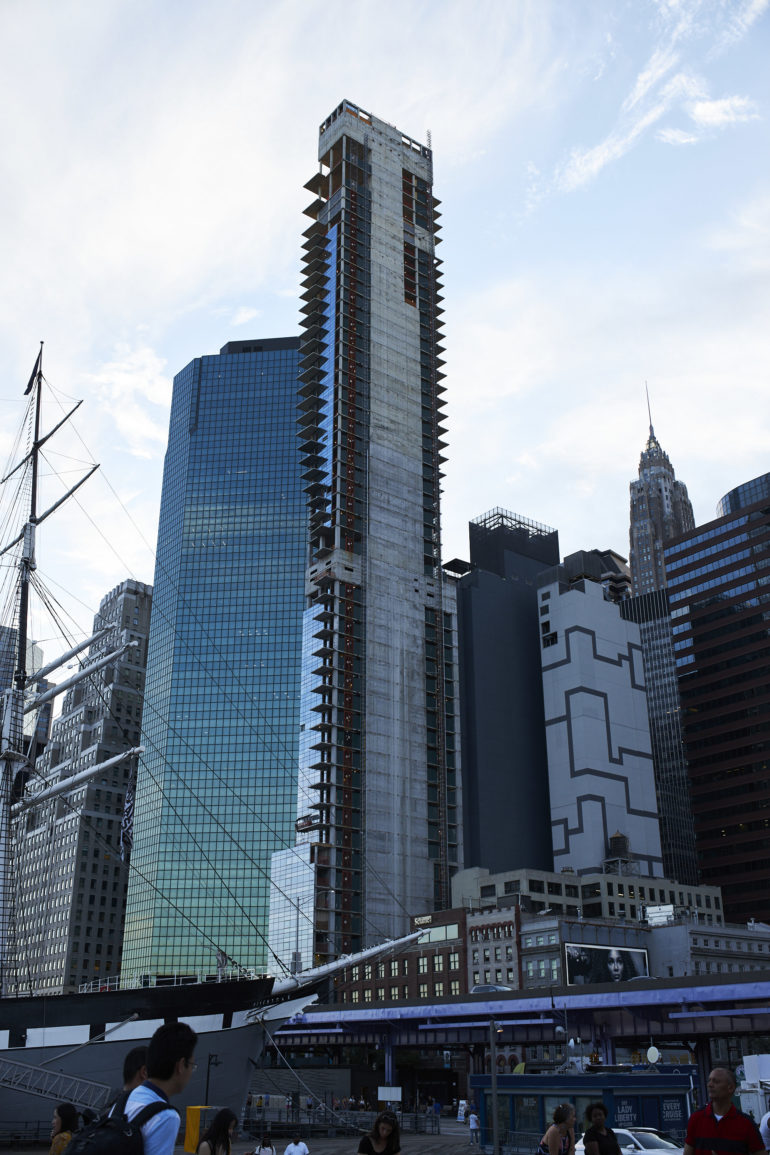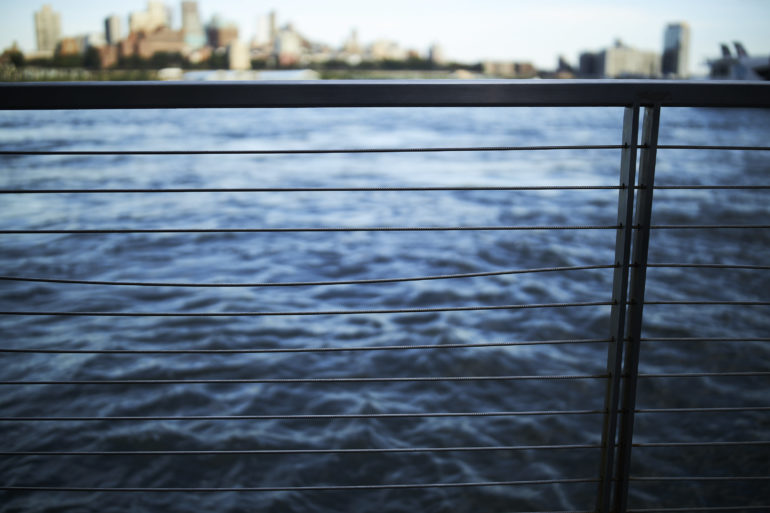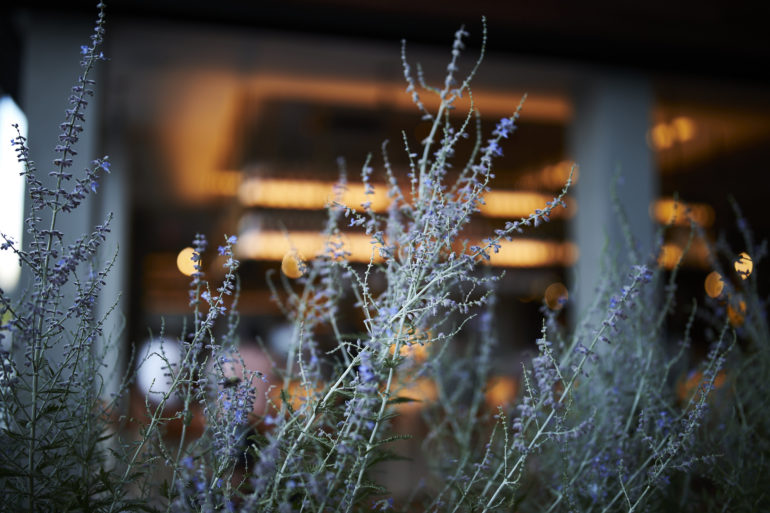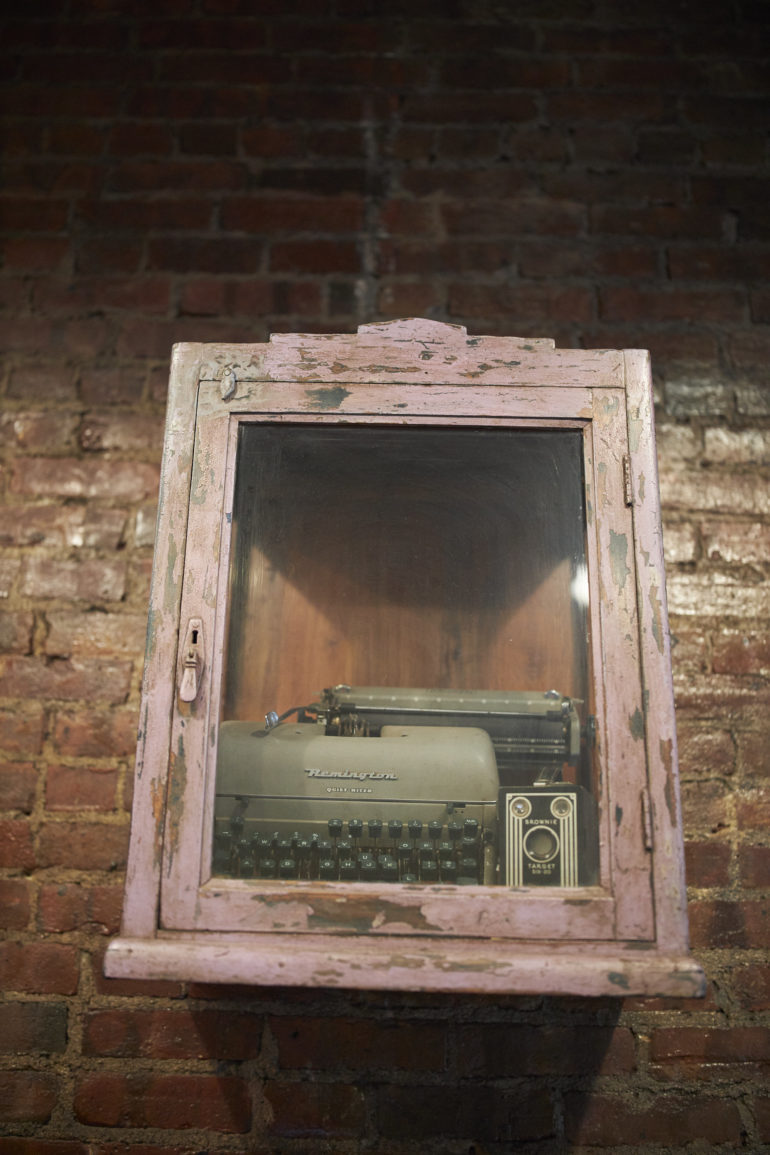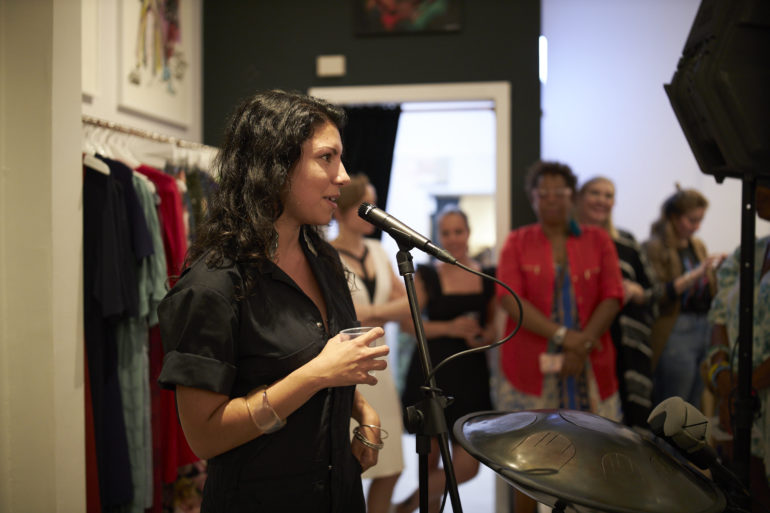Last Updated on 02/05/2020 by Brett Day
The Tamron SP 35mm f1.4 Di USD is an absolutely fantastic lens that should have been made for Mirrorless cameras.
Though the Tamron SP 35mm f1.4 Di USD is designed for DSLRs first and foremost, it’s a wonderful lens. But, I feel like the design of an otherwise positively phenomenal lens was wasted on a DSLR. If this were made for Sony E mount, Canon RF, Leica L mount, or even Nikon Z mount, it would have limited itself less. With great weather sealing, a small build quality, and some of the most beautiful image quality I’ve ever seen from a Tamron lens, I’m scratching my head wondering why this was made for Canon EF and Nikon F mounts.
Pros and Cons
Pros
- Sharp image quality
- Truly lovely colors
- Weather sealing
- Price tag isn’t all that awful
- Good autofocus
- Great for photographing people and events
Cons
- Why didn’t they give this lens image stabilization?
- Why wasn’t it made for Mirrorless?
Gear Used
For this review, we tested the Tamron SP 35mm f1.4 Di USD with the:
- Canon EOS R
- Profoto B10
Tech Specs
Specs taken from the Adorama listing:
- high-resolution image quality
- Appealing background bokeh
- Fast F/1.4 aperture and high-speed
- Lens Mount: Canon EOS
- Lens Format: Full Frame
- Maximum Aperture: f/1.4
- Lens Type: Wide Angle SLR Lens
- Lens Series: Tamron Di Series
Ergonomics
The Tamron SP 35mm f1.4 Di USD has a lot of things about it that say it’s a Tamron lens. It starts at the mount, with that signature silver ring. The rest of the body has a very fine texture, though most of that texture is in the rubber focusing ring.
Luckily for us, the front element of the Tamron SP 35mm f1.4 Di USD is weather sealed. So, you don’t need a UV filter.
The Tamron SP 35mm f1.4 Di USD has a little window for zone focusing and distance judgment. You’re probably not going to use it. I didn’t.
The only control switch the Tamron SP 35mm f1.4 Di USD has is this AF/MF switch. Luckily, it never seemed to get in the way.
Build Quality
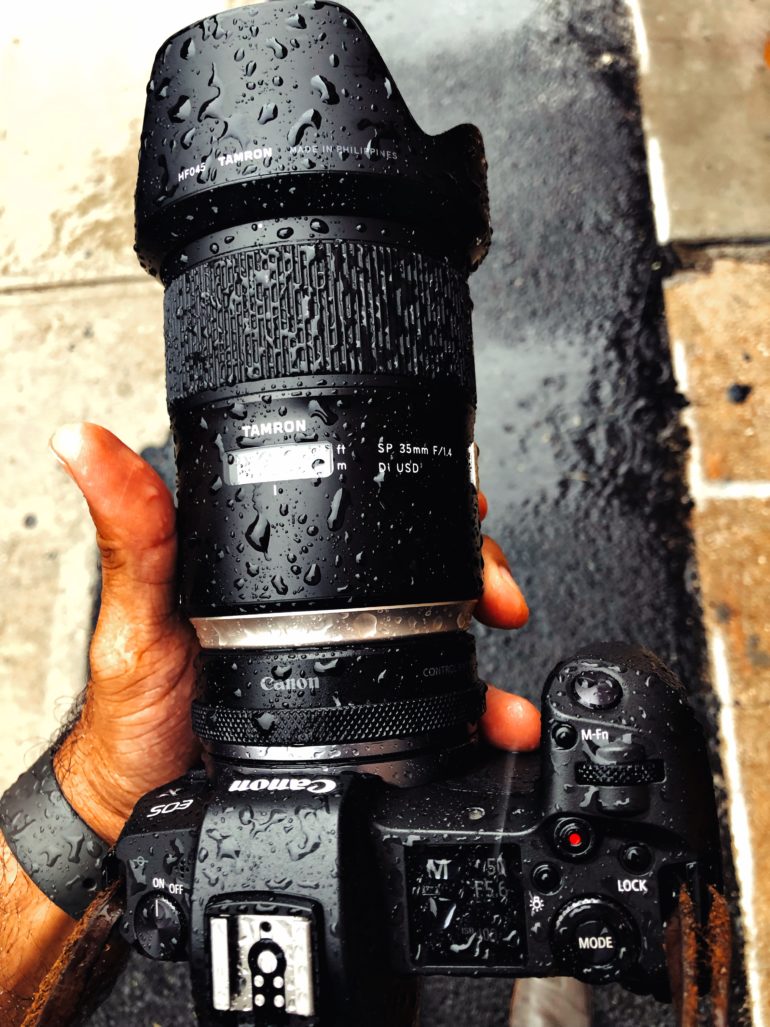
Well, here is proof of just how solid and rugged the Tamron SP 35mm f1.4 Di USD is built. It has full weather sealing and survived being drenched in the rain here in NYC. If it survived this, we’re sure it’s going to survive whatever you put it through. For the hobbyists who spring for this lens, simply replace the water you see in the photo above with alcohol and take your chances depending on how intelligent you are.
If you’re worried about the weight, don’t be. It’s a larger lens than Canon’s 35mm f1.8 IS, but it’s also lets in slightly more light. To be honest, it was a joy to use the Tamron SP 35mm f1.4 Di USD, and is small enough for most uses.
Ease of Use
Using the Tamron SP 35mm f1.4 Di USD is simple. You attach it to the camera, point the camera, autofocus, shoot, and enjoy the photo. What you should also know is the depth of field scale on the lens. For the most part, it’s useless if you want to do something like street photography. But if you’re not worrying about doing stuff like that, then the Tamron SP 35mm f1.4 Di USD works well enough for most situations.
Autofocus
The photographers who reach for the Tamron SP 35mm f1.4 Di USD are bound to want to photograph people with it. With that in mind, I’m happy to say the lens nailed its focusing a wide majority of the time when adapted to the Canon EOS R. With firmware 1.4 on the EOS R, that improved even more. So, if you’re shooting portraits, you’re going to be very happy with the results. Switch the camera to face and eye detection tracking and you’ll be set. The above photo is the performance in good lighting, but we’re sure you’re curious about how it worked in low lighting.
We’re happy to say that, in fairly low lighting, the Tamron SP 35mm f1.4 Di USD still performs admirably. It can acquire focus and track well if you fine tune the EOS R’s settings. For event work, it’s surely reliable enough. Though, for the record, it’s still not faster than Canon’s own 35mm f1.8 IS.
In the lowest of lighting situations, you’ll get a bit of a problem with autofocus acquisition. But as long as you place the focusing point on a high contrast area, you should be fine. This is standard throughout the industry.
As long as there is at least a little bit of light, then the Tamron SP 35mm f1.4 Di USD can nail its focusing on the Canon EOS R. Photographers interested in adapting their lenses to Mirrorless should really consider this.
Image Quality
The Tamron SP 35mm f1.4 Di USD and the Canon EOS R are a match made in heaven and joined by the oddest of connections. This statement rings especially true for image quality. Photographers who use the Tamron SP 35mm f1.4 Di USD will be ecstatic not only with the colors but also the quality of the bokeh. The bokeh is super creamy and well complemented by the colors this lens produces. In addition to that, it’s also very sharp. Are there sharper 35mm lenses on the market? Of course. But this isn’t shabby by any means.
Bokeh
The bokeh from the Tamron SP 35mm f1.4 Di USD is good enough for practical purposes. It’s creamy, which will help photographers tell better stories. Of course, the bokeh just gets better as you focus closer to a subject. With that said, photographers afraid of getting closer to their subjects may rest at ease. They’re going to have a lot of fun with this lens.
Chromatic Aberration
In our tests, we couldn’t find any major issues with fringing or distortion. So, we’re going to move on past this section.
Color Rendition
Colors from the Tamron SP 35mm f1.4 Di USD are a bit cooler than what Canon will natively render on Auto white balance, but they’re more saturated for sure. If you’re more partial to portraits, chances are you might prefer Canon’s 35mm f1.8. But, if you’re more about versatility, then you’ll want to reach for the Tamron SP 35mm f1.4 Di USD. The colors are very nice. Combined with the EOS R’s sensor, the colors pop anyway.
Sharpness
Like we always say, the best sharpness comes from a lens when a flash is used due to physics. Specular highlights help show a photographer what a lens is capable of. In this case, the lens is capable of rendering a ton of detail. Whether or not you shoot flash and want to get that potential is up to you.
Extra Image Samples
Conclusions
Likes
- Beautiful image quality
- Nice bokeh
- Weather sealing
- Low distortion for portraiture
- Sharp
Dislikes
- This should have been made for Mirrorless cameras
- No image stabilization, which will be a problem for some folks
Though I really like what the Tamron SP 35mm f1.4 Di USD is capable of doing, I would have liked it more if it were designed for Mirrorless. I feel like this lens is wasted on DSLRs. And that’s truly a shame because it’s an absolutely stellar performer. It boasts gorgeous image quality, creamy bokeh, loads of sharpness, and low enough distortion to be a great choice for portraiture. The only thing that is a mark against it is the lack of image stabilization. Even so, this is still light enough of a lens: you just need to be more grounded.
The Tamron SP 35mm f1.4 Di USD is all around a fantastic lens. We give it four out of five stars. Want one? Check out Amazon.


